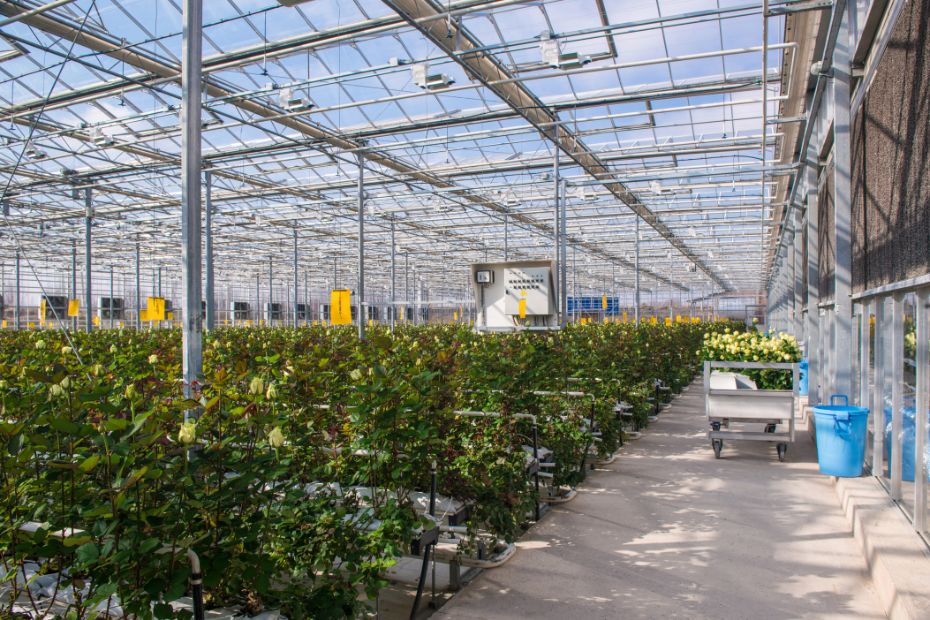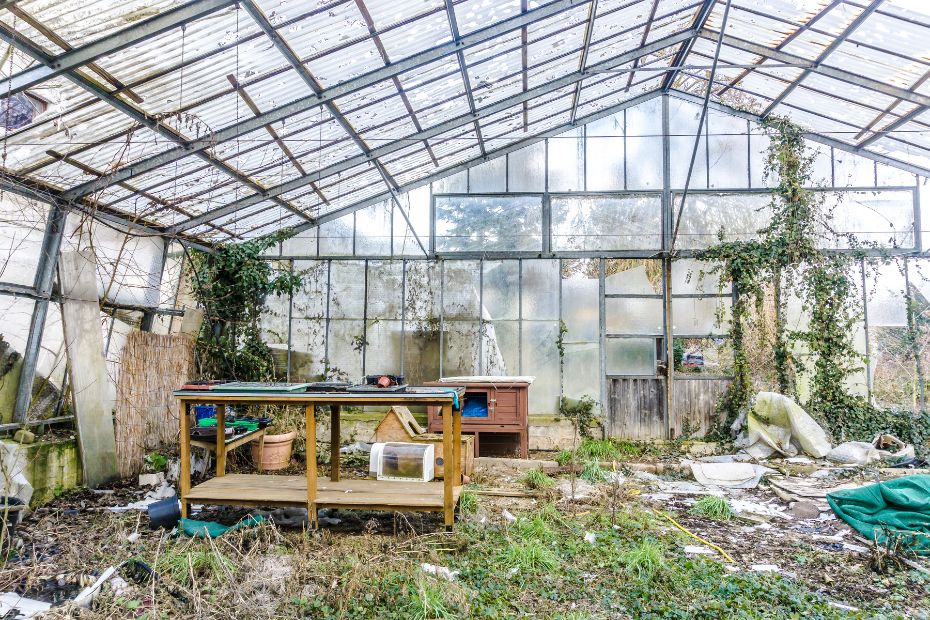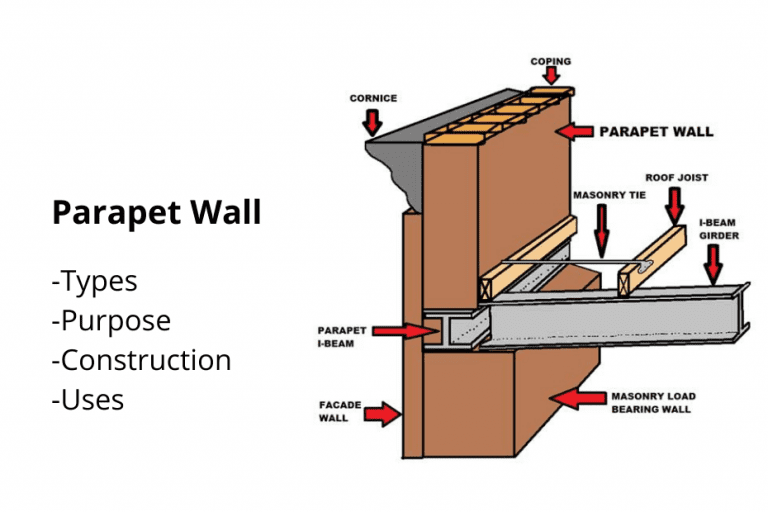Polycarbonate Sheet Roofing & Price
As a result of the many advantages that polycarbonate sheets provide, they have gradually begun to substitute more traditional materials like as glass and acrylic in a variety of applications. The quality and thickness of these sheets may be customised to the buyer’s specifications. They are substantially lighter in weight as compared to glass, while yet being strong and resistant to breaking and cracks at the same time. These are only some of the reasons why polycarbonates are now so widely used for constructional applications, and they are becoming more popular.
What is Polycarbonate sheet?
Due to the high cost of purchasing these sheets in the past, this building material could previously only be found in commercial constructions. Only high-end restaurants, cafés, lounges, and workplaces have polycarbonate roofs. However, when more and more people became aware of the advantages of this material, they began choosing it instead of other options more and more often. As a result, there was a surge in demand for the component, manufacturing increased which drove prices down.

Because of the low cost at which it can now be obtained, it is being used in a diverse array of residential building applications. Instead of glass, doors and windows may be made out of polycarbonate material. Showers and swimming pool enclosures are two more common applications for these sheets, both of which are designed to complement contemporary house decors. Decks, patios, and balconies are some of the other places in home construction projects where these sheets are often employed. Greenhouses, sports stadiums, railway stations, carports, and office buildings are just some of the commercial applications that make heavy use of these structures.
In addition to their usage in building, polycarbonates are put to work in a wide variety of other applications as well. They also have uses in the fields of advertising, law enforcement, vehicle manufacturing, the production of DVDs and lenses, as well as many other areas.
Also read: Modern PVC Wall panel designs
Roofing polycarbonate sheet
A polycarbonate sheet roofing material is a resilient, thin sheet used in building construction and roofing. The polycarbonate roofing sheets are one of the common style of roofing material. They are transparent sheets that keep the sun out and offer the most protection from both the sun and the rain whilw allowing sunlight. There are different types of Roofing Polycarbonate sheet discussed below:

Corrugated polycarbonate sheets
Polycarbonate sheets with a corrugated surface and a self-supporting framework are called corrugated polycarbonate sheets. The self-supporting structure needs fewer glazing bars, which reduces the overall weight of the greenhouse and saves a substantial amount of money on the installation costs. Corrugated polycarbonate sheets, as opposed to flat polycarbonate sheets such as twin-wall or solid sheets, have the ability to control and adjust the light transmission by changing the direction of the light. This provides the plants with more sunlight in the morning and evening when the sun is lower in the sky.
The impact resistance and durability of corrugated polycarbonate sheet are superior, allowing it to endure the damaging effects of strong winds, heavy snow, and hail.
Typically, numerous walls are included into the construction of corrugated polycarbonate sheets. A hollow construction provides superior thermal insulation and may save the cost of temperature regulation by as much as 30–40 percent.
Features:
Simple assembly required
It is possible to place corrugated polycarbonate sheets on any frame or cover made of PVC, flat polycarbonate sheeting, or even a plastic membrane.
Options
UV protection may be offered on either one or both sides. UV Protection has outstanding resistance against the yellowing and ageing effects of UV radiation.
Also read: Sand faced plaster and other Plaster finishes types
The polycarbonate sheet’s condensation control or anti-drop coating allows for optimum light transmission while also minimising harm to the plants growing below.
Solid polycarbonate sheets

When it comes to light transmission as well as impact resistance, solid polycarbonate sheeting is preferable than hollow polycarbonate sheeting. As a result, it is particularly suited for usage in areas where there is an instant need for light, such as in lamp boxes, hood lighting, industrial shops, and greenhouses.
Features:
- A remarkable amount of light transmission– Extreme clarity enables superb light transmission. When compared favourably with glass, solid polycarbonate sheeting with a light transmission rate of up to 89 percent may be used. Yellowing and a reduction in the amount of light that may pass through can be prevented, in part, by using UV protection film.
- Strong resistance to impact– The impact resistance of solid structures is much greater than that of hollow polycarbonate sheets or other types of plastic sheets. Its resistance to impact is about 200 times greater than that of ordinary glass, and approximately 10 times more than that of toughened glass.
- Lightweight– When compared to the weight of glass of the same volume, solid polycarbonate sheet is just half as heavy. The low weight helps cut down on freight and installation expenses.
- Insulation against the heat– Because polycarbonate sheets have a lower thermal conductivity (K-valve), the amount of heat that is lost is also reduced. It is utilised in buildings or roofing structures to give a warm winter and a cool summer without the need for an additional price for air conditioning.
- Fire resistance– Sheets made of polycarbonate have a fire resistance rating of B1 when tested. It has its own ignition point at 580 degrees Celsius. Toxic gases don’t ignite a fire or release more harmful gases when they burn.
Embossed polycarbonate sheet
There is also a kind of solid polycarbonate sheet known as embossed polycarbonate sheet. It is produced by modifying both the manufacturing procedures and the moulds themselves. PC embossed sheet has comparable properties to those of high impact strength, resistance to ultraviolet light, flame retardancy, and lightweight, in addition to having the ability to transmit light.
Light is diffused over the particle surface, which helps to decrease light pollution. In order to produce the appropriate blur effect, particles may be manufactured into a wide variety of shapes and sizes. The most common forms for particles are those that resemble diamonds, water drops, and hearts.
Because of its one-of-a-kind surface, low weight, and strength, embossed polycarbonate sheets are most often used in the decorative purposes.
Embossed polycarbonate sheets are highly suggested for use in the roofing, curtain wall, screen, toilet amenities, and decorating of commercial and industrial buildings.
Frosted polycarbonate sheet
One kind of solid polycarbonate sheet is known as frosted polycarbonate sheet, and it has small particles applied to its surface. While light is allowed to pass through the frosted surface, some of it is scattered and diffusely reflected, which results in a softer and more evenly distributed light. As a result, frosted polycarbonate sheets have found widespread use in the field of lighting, where they play a significant role in producing a hazy, beautiful, and romantic ambiance.
The use of frosted polycarbonate sheet as an option for contemporary property applications such as screens, sanitary facilities, skylights, and picture frames is possible. In contrast to frosted glass, it is very lightweight and almost impossible to crack. However, a sheet made of polycarbonate is about 250 times stronger than glass, and it is unlikely for an person to break it.

Multiwall polycarbonate sheet
The properties of light transmission, high impact strength, resistance to UV rays, resistance to weight, and thermal insulation are inherited by multiwall polycarbonate sheet from polycarbonate resin. These excellent performances are backed by its various walls and hollow structures, which also enable that it may be used in a wide variety of contexts.
Applications:
An alternative material for greenhouses in the agricultural industry is multi-wall polycarbonate sheet. It has a high impact strength against windy weather, rainstorms, and hail, and it has been specifically treated for anti-drop, which maximises the transmission of light.
Sheets made of multiwall polycarbonate are often seen in a variety of settings, including living rooms, workplaces, schools, sports stadiums, and gardens, as well as public structures.
When it comes to soundproofing the walls of highways, railways, and city viaducts, multiwall polycarbonate sheet is the material of choice.
Twin-wall polycarbonate sheet
As a conventional variant of multiwall polycarbonate sheet, twin-wall polycarbonate sheet is self-supporting and does not need as many grazing bars as floating glass does. This is due to the fact that the weight of polycarbonate sheet accounts for just one fourth of the weight of glass. Together, reduced mass and a hollow construction lead to significant cost savings and excellent light transmission.
Features:
Excellent transparency to light
The light transmission of transparent twin-wall polycarbonate that is 4 millimetres thick may reach 89 percent. Sheets of twin-walled polycarbonate are often used in greenhouses because they not only let in enough daylight but also protect the plants from damaging ultraviolet rays.
Strong resistance to impact
The impact resistance of a sheet made of polycarbonate is two hundred and fifty times greater than that of tempered glass. Due to its excellence, it is an excellent choice for the material that will be used to protect greenhouses from hail and stones.
Saving energy
The use of double walls in construction provides the best possible thermal insulation. The ambient temperature underneath polycarbonate sheets will not significantly fluctuate, maintaining a rather steady condition regardless of whether it is a hot summer or a chilly winter.

Protection against UV rays
Coextruded UV layer has the ability to absorb 98 percent of UV radiation, hence lowering the amount of UV damage caused to organic materials, polymers, humans, and plants. The UV protection layer has a thickness of 50 micrometres, which effectively shields the surrounding area from the damaging effects of ultraviolet light and creates a secure setting.
Soundproofing and insulation
Sheets of twin-walled polycarbonate are widely recognised as the superior sound-proofing material for motorways around the globe. Hardness, weight, and the physical structure of an object all play a role in determining its capacity to insulate against sound. For instance, twin-wall polycarbonate sheets have the potential to lessen the loudness of the sound by about 19 decibels (db).
Anti-drip
Due to the presence of a specialised hydrophilic coating on the inside surface, the production of condensation droplets is inhibited, and as a result, the amount of light transmission that is lost will not increase. When the temperature outside is 0 degrees Celsius and the temperature inside is 23 degrees Celsius, the surface of a multiwall polycarbonate sheet will not form droplets only if the relative humidity in the room is less than 80 percent.
Aesthetic beauty and value
A twin-wall construction is an attractive feature that may be added to private homes, public buildings, and other locations where natural light but not ultraviolet radiation is necessary.
Polycarbonate sheet price

The price of polycarbonate roof sheeting may range from Rs. 50/sq. ft. all the way up to Rs. 200/sq. ft., depending on the size of the sheets, the kind of sheets, and the thickness of the sheets that are needed. There is a huge difference in cost based on the thickness. It is possible for the price to be as low as Rs. 30 per square foot for a thickness of 1-2 mm.
Advantages Of Using Polycarbonate Sheets
Polycarbonate sheets are easier and cheaper to install than concrete flat roof with parapet wall designs. The following is a summary of some of the most significant advantages.
Easy to build
Polycarbonates are notable for their low weight despite their extreme durability. Because of this, they are incredibly simple to set up. They are simple to operate, and in addition to being able to be fastened with the assistance of screws and support rods, they can also be simply welded. Additionally, these sheets may be simply cut with the assistance of sharp-edged scissors and circular saws, and there is no need for any other equipment or machinery to do this.

Cost savings
Polycarbonate is a material that benefits from having a low weight since it is simpler to handle, transport, and carry. As a result, the expenditures that are associated with the labour and transportation have been significantly reduced. Even after the first purchase, this results in lower overall costs for polycarbonates.
Versatility
The fact that polycarbonate is both robust and flexible enables engineers to be more inventive when designing the buildings that include it. In contrast to buildings made of glass, those made of polycarbonate may be moulded into a variety of unique shapes, such as domes, igloos, and many other beautiful forms that enhance the appearance of the building.
The quality of being resistant
Polycarbonates are impervious to the effects of impact as well as any other kind of harm. As a result, these sheets are suitable for usage in regions that often experience stone, hail, rain, wind, storm, and snow precipitation. Even in the most disastrous scenario, these sheets will not shatter into dangerous pieces as glass would. In addition to this, these sheets have a very high resistance to fire and do not produce any harmful fumes when they are burned. Therefore, they are also a practical option for usage in locations that are prone to fire.
Also read: False Ceiling Design
Acoustic barrier
Polycarbonate is a prominent material that is utilised in places that demand a high level of seclusion such as conference rooms, office cabins, and other similar settings due to its exceptional ability to suppress noise.
Ultraviolet protection
The ability of polycarbonate to allow in the greatest amount of daylight while blocking out the potentially damaging effects of ultraviolet radiation is one of the material’s most advantageous characteristics. Therefore, it is the best option to go with when you want the most amount of light to enter the room without posing a risk from UV.
What is the difference between Solid and Hollow Polycarbonate sheets?
- Construction- Hollow polycarbonate sheets have at least two walls, whereas solid polycarbonate sheets consist of a single solid layer.
- Insulation against the heat – When it comes to thermal insulation, hollow polycarbonate or multiwall sheet is preferable than solid sheet because the air that is trapped inside the hollow structure of these sheets acts as a great thermal barrier.
- The transmission of light – The quality of a multiwall polycarbonate sheet is not as high as that of a solid sheet in transmission of light.
- Weight – The weight of solid sheet is greater than that of hollow sheet.
Why select Polycarbonate sheets?
A perfect alternative to regular glass, tempered glass, and polyethylene membrane.
50 percent the weight of glass, yet it maintains the same level of transparency as regular glasses. Transportable and simple to put in place.
Impact resistance that is two hundred times greater than that of ordinary glass and two to twenty times that of tempered glass.
A special coating provides enough light for the greenhouse without causing humidity.
Where is Polycarbonate sheet used in?
Essential in areas that requires high light transmission (Smooth surface polycarbonate sheets)
Area that needs comfortable and eye-catching decoration (embossed and frosted polycarbonate sheets)
Greenhouses and retail centres (hollow type polycarbonate sheet)
For lighting, skylights, and helmets (solid type polycarbonate sheet)
Polycarbonate sheet price
Polycarbonate roof sheeting prices varies on the size and type and thickness of sheets required however it can start with Rs. 50/sq.ft. and can go upto Rs. 200/sq.ft. The price varies significantly with thickness. For 1-2mm thickness it can cost as low as Rs. 30/sq.ft. Check Price of Polycarbonate sheets below.

Ishani is a professional interior designer and a blogger. She loves to give tips and tricks on interior designing, home improvement, home decor and Homeware products. She is the type of person who loves to decorate the house with her own thoughts and make the house look beautiful. She loves to write about home improvement by considering the modern trends going around and help people by giving complete guidance to people from home construction to home decoration.




